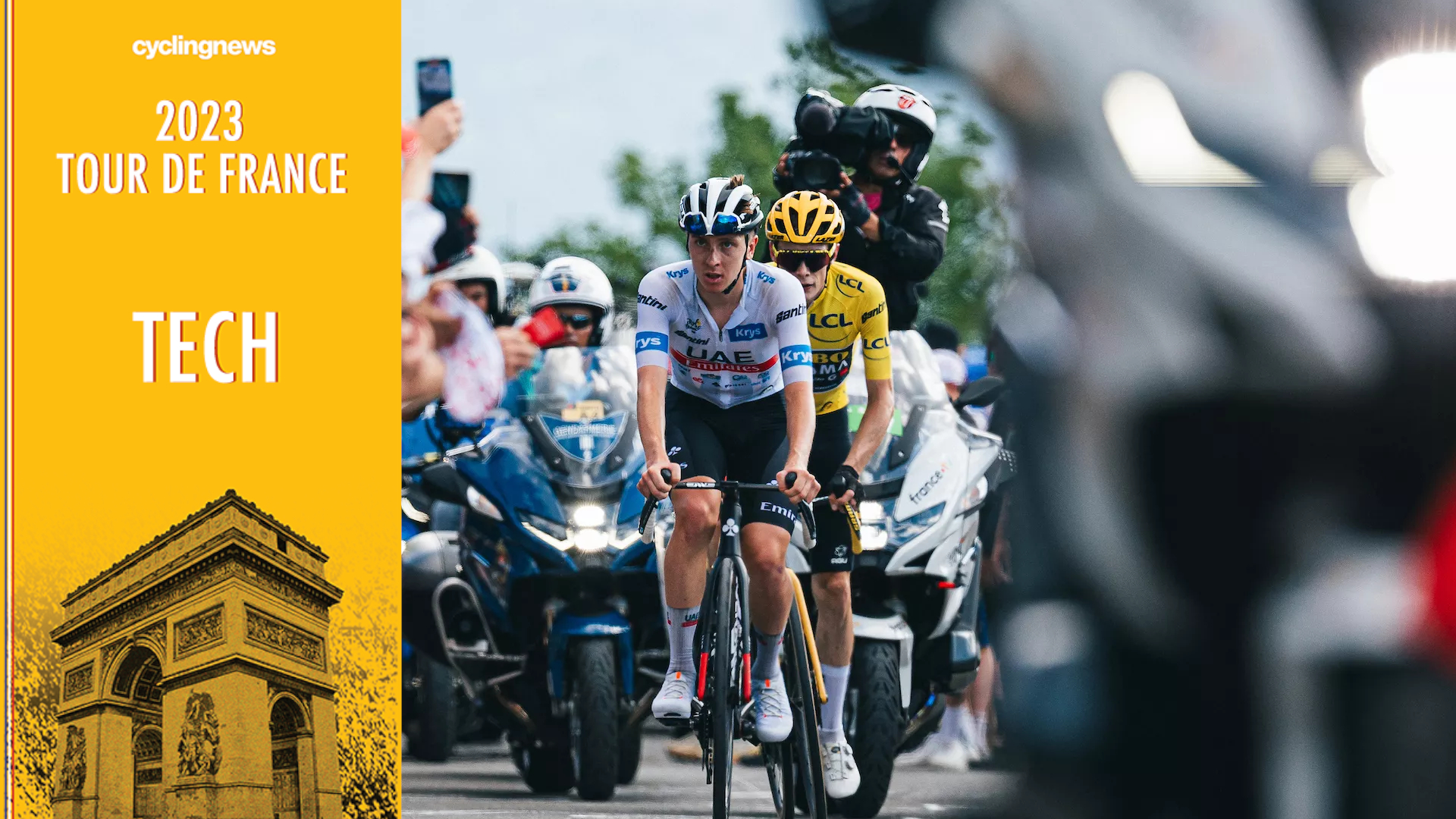
As the Tour de France 2023 drew to a surprisingly frantic conclusion on the Champs Elysee, eventually seeing Jonas Vingegaard take a second overall victory, we’ve amalgamated all the data we can on the equipment each stage winner has used to see what we can tease out in terms of greater trends. I’m very much aware that it’s the riders, not the bikes that win stages, and that a sample size of 21 isn’t necessarily statistically significant, but this is a cycling website, not a scientific journal.
We have two years of data to call back on too, so if you want to get properly nerdy you can see who won with what in 2022 and in 2021 too. This year the Tour de France Femmes will also add a few more data points, and this will be updated after the conclusion of that too, with any contrasting trend teased out and deciphered.
This all forms part of the greater Tour de France tech maelstrom, which tends to begin with prototype bikes spotted at the Dauphiné, encompasses our mega tech gallery from the Tour itself, and then winds up here. Without further ado, then, let’s dive into the headline winners and then we can get more in-depth.
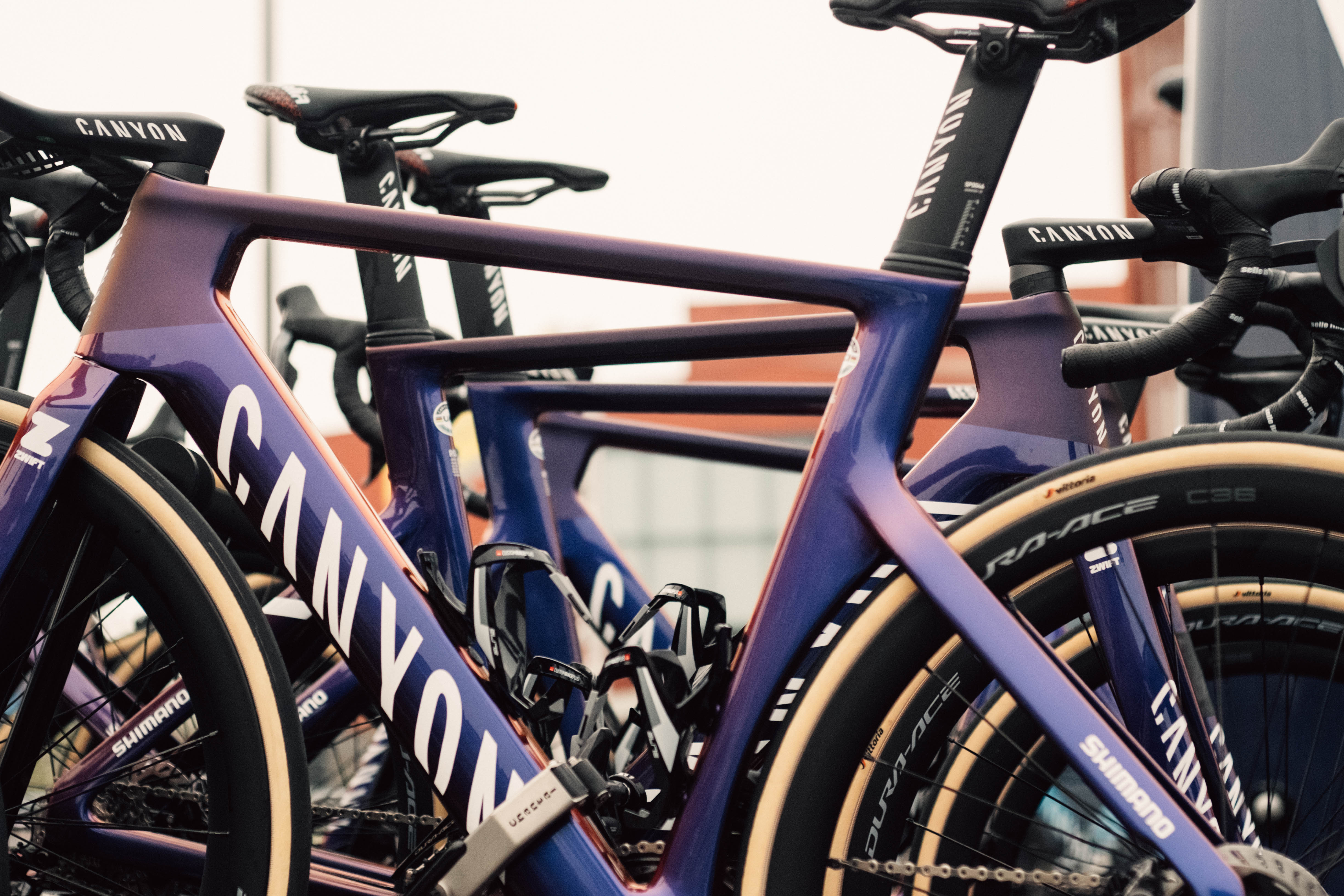
The winning bikes
In a selection of winning brands equally as diverse as 2023, ten manufacturers can lay claim to a stage win this year. Only half though bagged multiple victories, the rest picking up a single stage each. Though grand tours are the longest races of the year, when a rider like Jasper Philipsen picks up four stage wins alone it does begin to skew things somewhat. Last year Cervelo picked up six stage wins with three different bikes under three different riders. Here Canyon, only with the soon-to-be-outdated Aeroad, picked up the most wins with four, with Specialized, Merida, and Colnago each seeing the top step thrice with different riders, and Pinarello and Look also bagging a brace each with multiple riders. With the exception of Merida, each of these sets of wins were on the same bike (for each brand), but Merida also picked up three stages, one with its aero Reacto and two with the lighter, more general-purpose Scultura. Despite being the only rider on the new Canyon Aeroad, Mathieu van der Poel didn't manage to bag a win himself.
The Jumbo-Visma domination of last year was only really present in the GC battle, rather than on individual stages. Only a TT win for the team has meant a more open field for other suppliers.
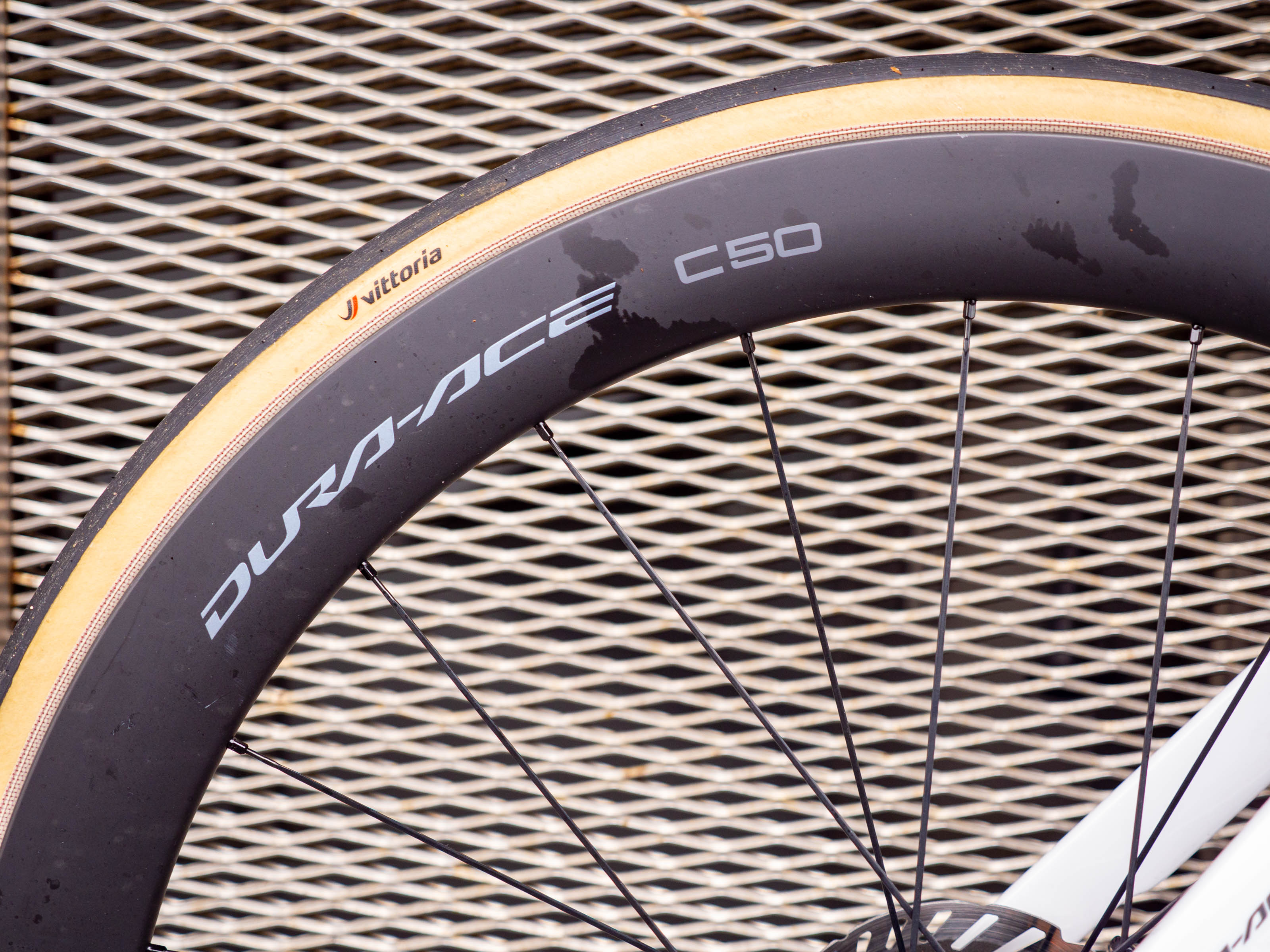
The winning wheels
Nine wheel manufacturers picked up stages this year, though fewer (five, in this case) picked up more than a single win. Shimano cleaned up with six; four under Jasper Philipsen, and another two from the pair of Ineos stage wins on stages 13 and 14. Enve under Tadej Pogacar and Adam Yates, Roval with Jai Hindley, Kasper Asgreen, and Jordi Meeus, and Vision with Pello Bilbao, Wout Poels, and Matej Mohoric picked up three wins each. Cofidis, after finally winning not one but two stages after 15 years, helped Corima get its name on the multi-stage winning roster. As we will go into later it seems like we’re in an age, in the pro peloton at least, where ‘climbing wheels’ are a thing of the past.
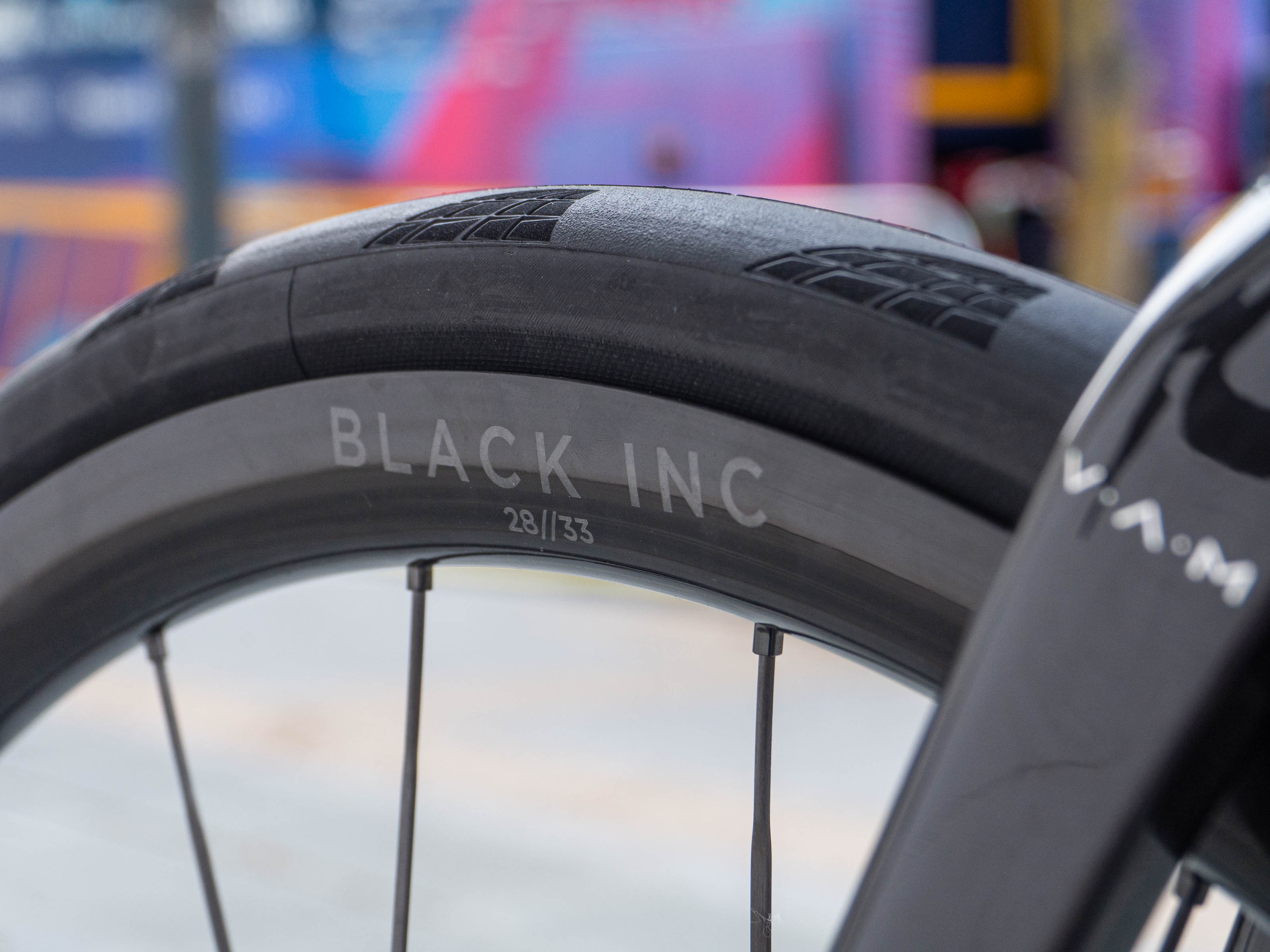
The winning tyres
In the last two iterations of the race, Vittoria has come out on top. This year though it has relinquished its crown to Continental, despite riders now rolling on a new version of the Corsa Pro tyre. Continental, with the GP500S TR, picked up nine stage wins to Vittorias 5, four of which came from Jasper Philipsen alone, and the other from the overall winner Jonas Vingegaard on his breathtaking time trial win.
Specialized tend to sponsor teams as a package (bikes, wheels via Roval, and tyres), and so picked up three wins, with Michelin and Pirelli also picking up a brace each. Again, something to delve into later on, but tubeless is dominant to the point I’d be surprised to see teams still on tubular tyres next year.

The winning groupsets
Shimano groupets are so dominant in this space it’s hard to look past the fact that they picked up 18 of the available 21 stage wins on offer. It also doesn’t look great for SRAM, who despite now sponsoring Jumbo-Visma, only picked up two stage wins. Had the team been as dominant as last year in individual stages it would have been a much more fruitful partnership, especially when broken down on a stages per teams sponsored basis, where it would likely have surpassed Shimano.
Campagnolo did pick up a single-stage win on Stage 17. And the brand also recently launched its new Super Record EPS groupset. Just clinging onto the edge of the top table of our sport by a set of presumably expertly manicured fingernails. One stage for what was once the most well-represented manufacturer may feel like a fall from grace, as it did last year, but when you dig into the numbers it does perhaps represent an equal return on investment to Shimano. The Japanese giant supplies 18 of the top flight teams, and picked up 18 stages as a result. Campagnolo only sponsors AG2R by contrast, so in this respect, it’s actually been an equally good Tour for the Italian brand.
Trends and takeaways
Delving deeper than just ‘which bike won most’ we can begin to tease out some obvious and less obvious trends, some may be short-term, some long-term, and some perhaps skewed by Jasper Philipsen being so bloody fast.
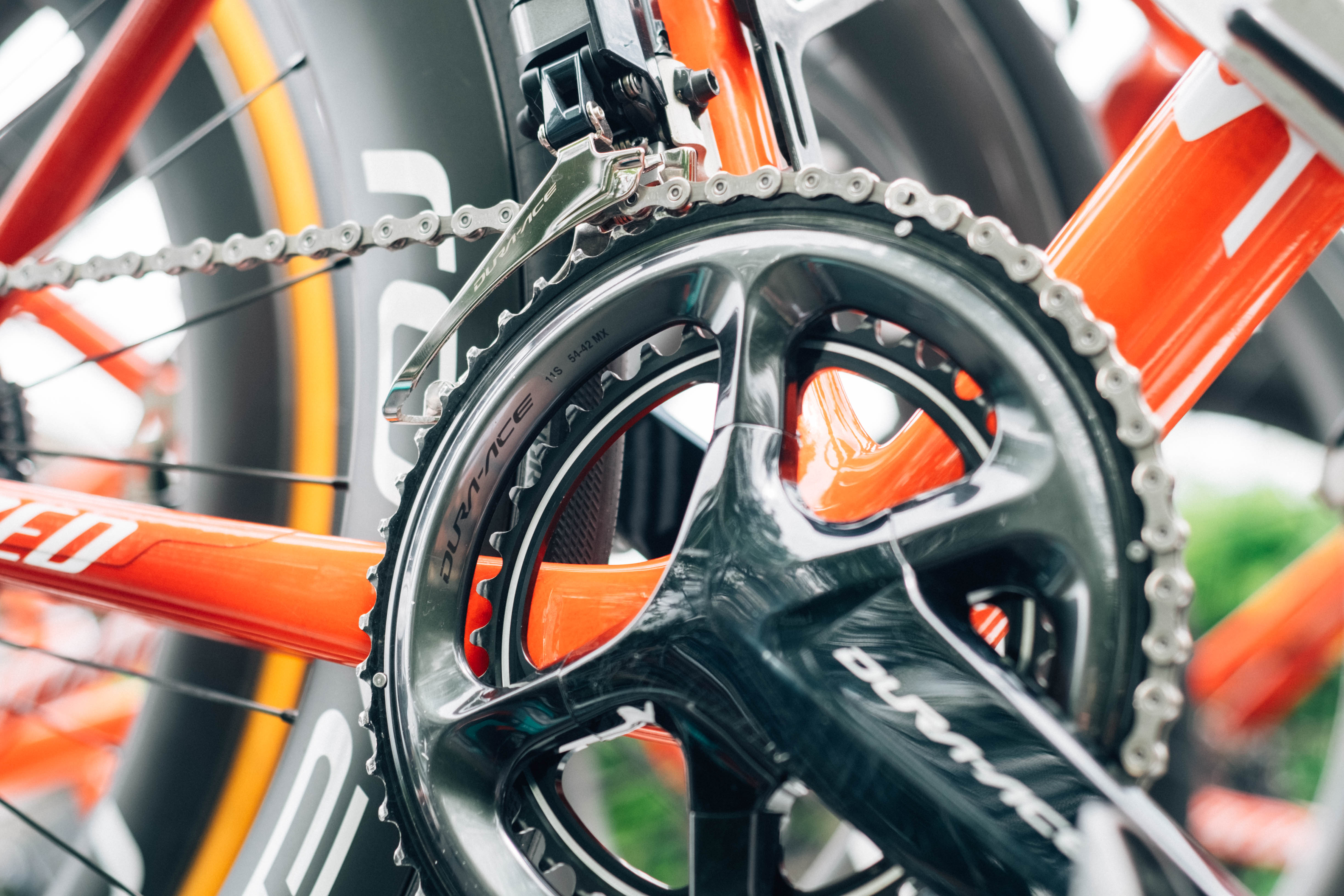
1x isn’t a thing
Despite all the furore when Primoz Roglic won the final time trial at the Giro d’Italia on a 1x gravel groupset, followed by Wout van Aert and Vingegaard both spotted using 1x drivetrains at the Dauphine, not a single stage was won on a 1x setup. The time trial was too hilly, but not hilly enough for a bike swap for Vingegaard. The pan-flat sprint stages were hoovered up by a 2x toting Belgian, and of the riders from Lidl-Trek who looked most likely to challenge for a win (or actually win, if you’re Pederson) seemed to be running 2x out of choice too.
I suspect this is a story we will keep coming back to, and given the easy intersection of a dominant superteam (Jumbo-Visma) and a sponsor whose components all play together nicely across road and gravel, it’s highly likely that we will see 1x wins at the tour again and not just in a TT. Perhaps we just need a crazy steep stage finish to tempt the riders to run it again, so eyes on the Vuelta a Espana later in the year.
Despite the demise of Aquablue, forced to use 1x at all times, it’s clear that some races do lend themselves to a 1x setup, so ‘not a thing’ may be a gratuitously reductive subheading, but it’s certainly nowhere near becoming more than a novelty for key races like Paris-Roubaix for the time being. When we stop reporting that riders are using 1x is when it’s truly made it as a viable option for all terrains.
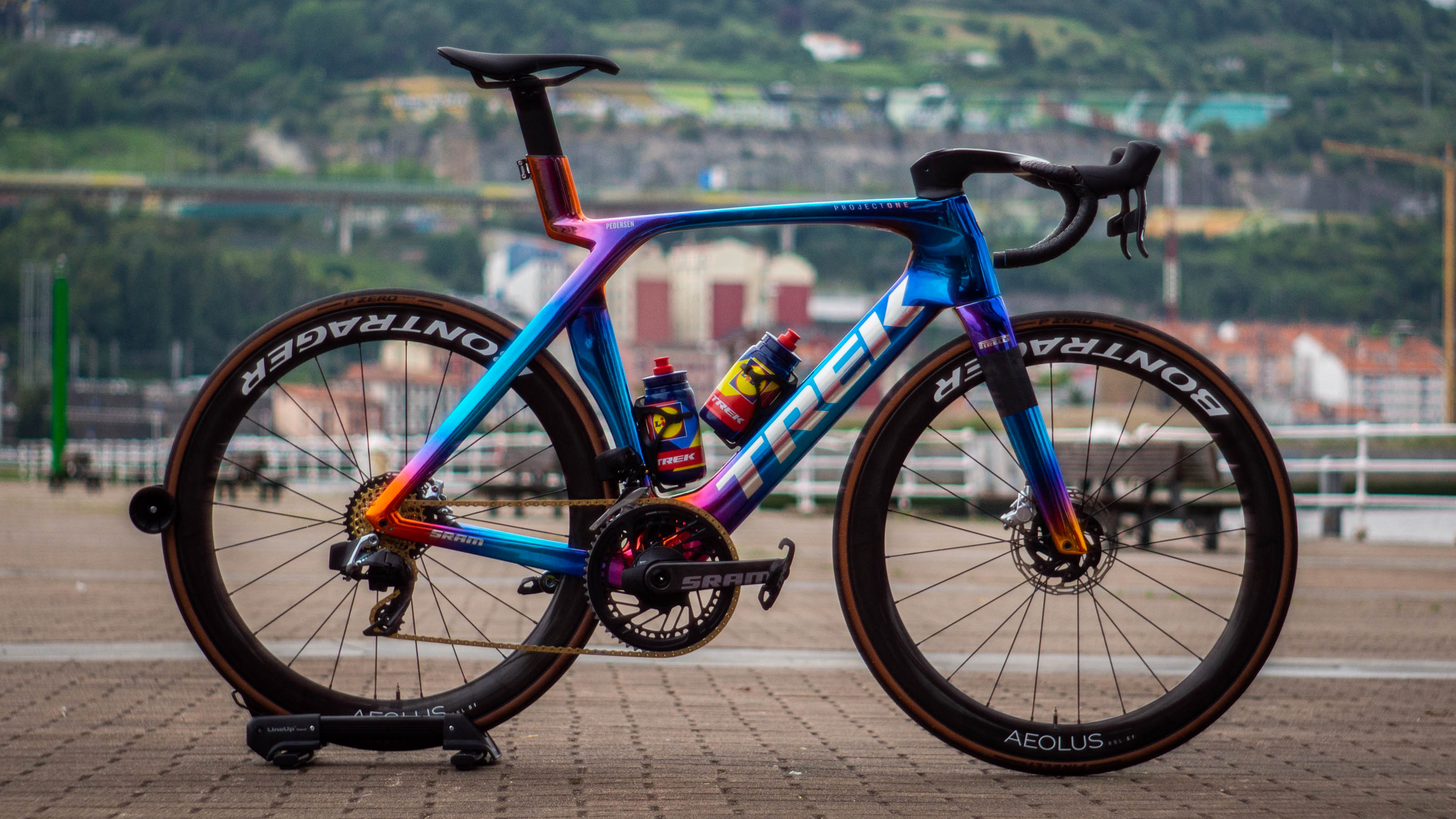
We’re in a post-aero landscape now
In 2022 aero bikes won 10 stages. This year though it was only six, with four of them from a single rider. In a hypothetical world where Jacobsen was the dominant sprinter it’s entirely possible that this could have been only two. Aero bikes aren't ‘dead’ by any stretch, but the slow coalescence of brands around a ‘one race bike’ concept continues. The Specialized Tarmac, the new Look Blade, the Colnago V4Rs, the Pinarello Dogma, the BMC Teammachine… all just ‘a race bike’, and all prolific this year. At the time of writing the first stage of the Tour de France Femmes has been won on a Specialized Tarmac to add to the mix.
It’s not that aero has gone away, it’s more that it’s become so pervasive in all aspects of equipment and kit design that it no longer merits being a distinct category in its own right. As more and more brands look to a single bike I suspect this trend will continue; there are numerous other models that could easily have swapped in and kept the stats the same. The new SuperSix Evo, the Canyon Ultimate, the Wilier FIlante, the Lapierre Xelius, even the Giant Propel is more all-round than it used to be…
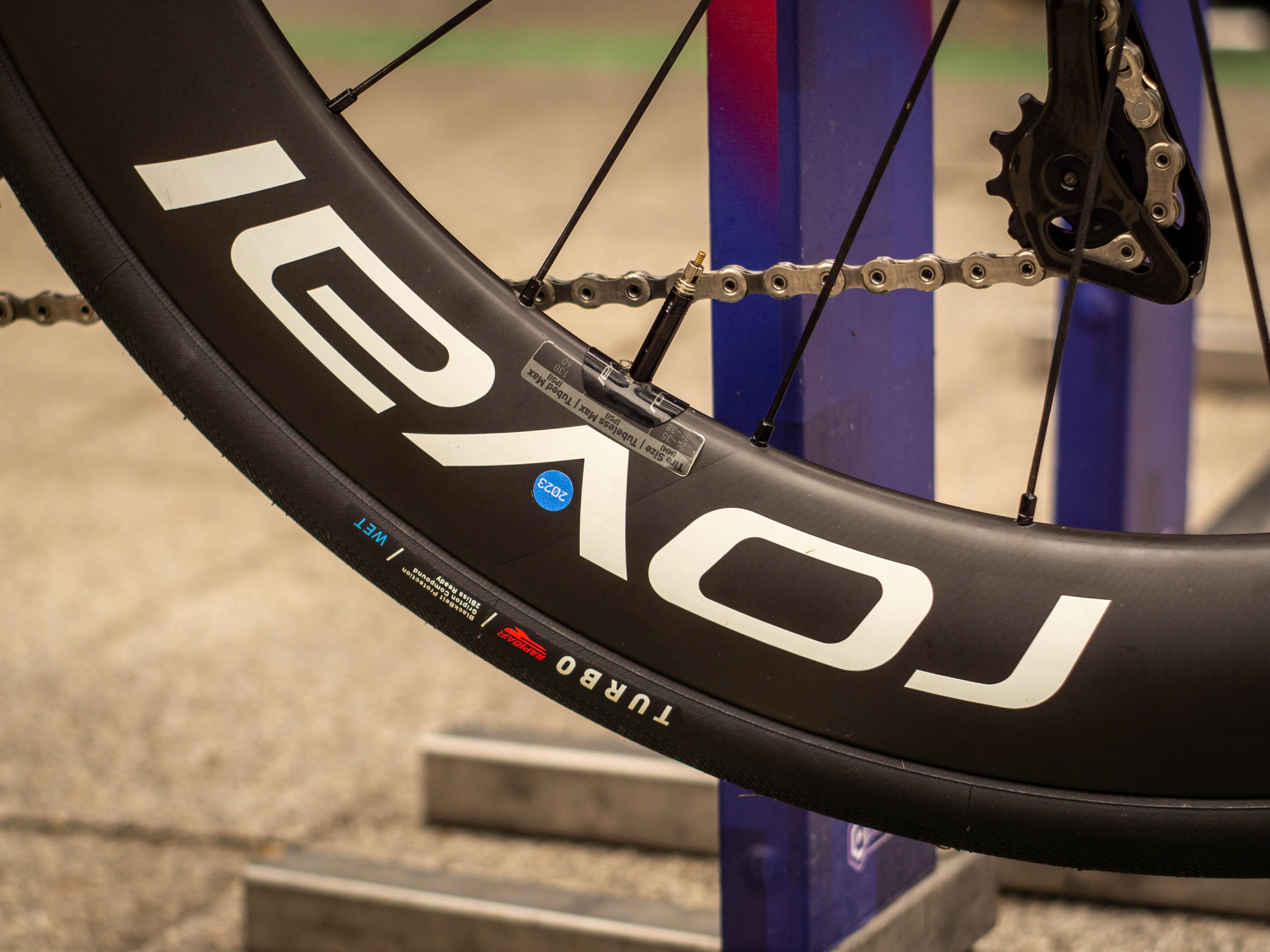
Deeper wheels all the time
On a related note, while aero is less of an obvious feature, deeper wheels were ubiquitous even on the hilly stages. I don’t recall seeing any pairs of what you’d call ‘climbing wheels’ at all. Even Michael Woods, winner of stage 9 up the Puy de Dome, was using a new 28/33mm deep front/back wheelset from Black Inc, noticeably the shallowest winner and still at the shallow end of ‘mid depth’ as far as we’re concerned.
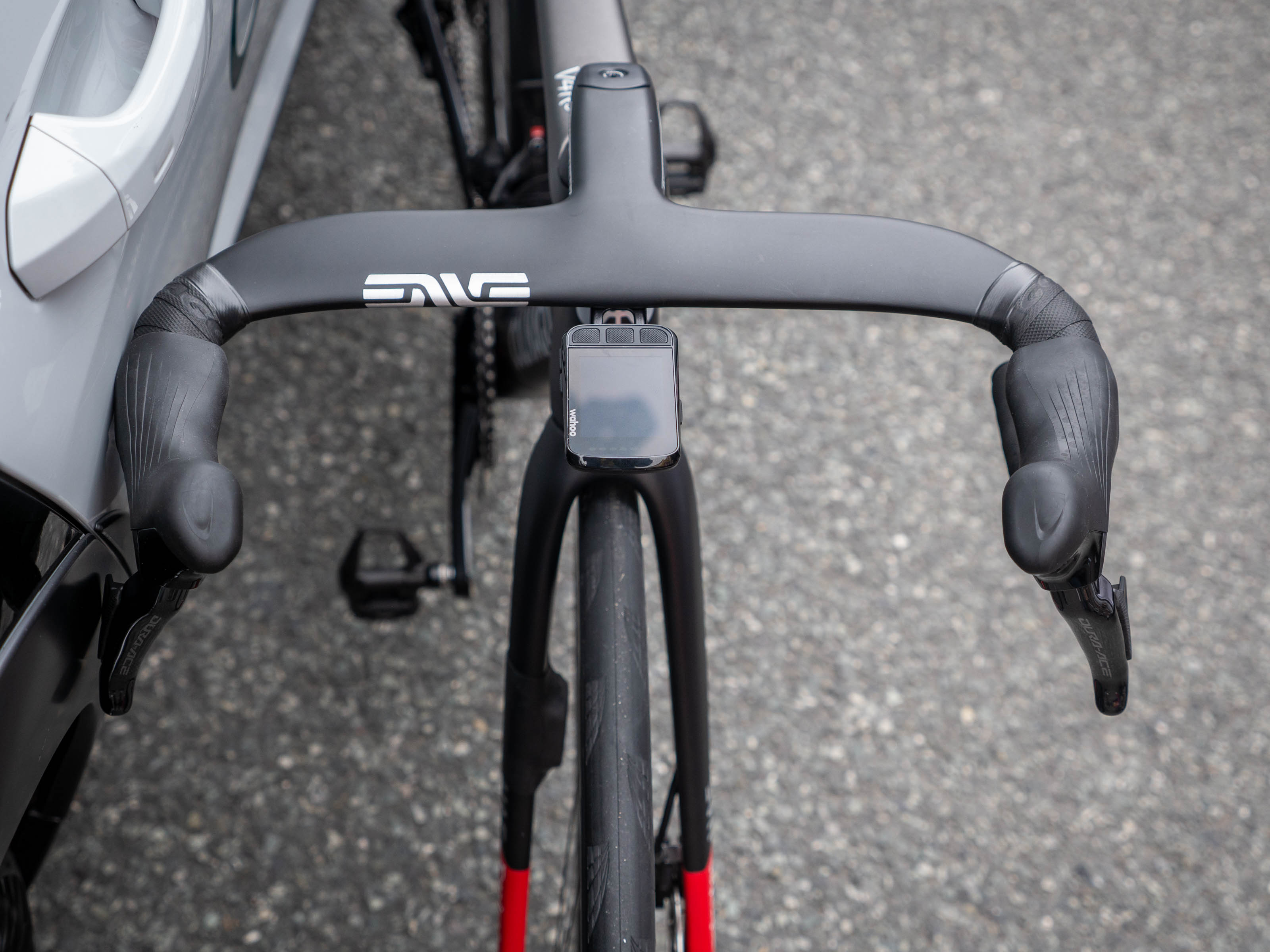
A farewell tour for separate bars and stems
Fans of being able to modify their cockpits and bike fit will certainly be sad to hear the news that, of the 20 road stages of this year’s Tour, only three stages were won with a separate bar and stem configuration. Jai Hindley and the Cofidis winners Lafay and Izagirre valiantly flew the flag, although their Look 795 Blade cockpits are subtly disguised to look aero and integrated. But every single other stage was won by a rider using an integrated, single-piece cockpit. Again, another example of aero integration at all levels and on all terrains.
This is likely a trend that will continue, and it may be that no stages next year are won with separate components. The Tarmac from Specialized is the bike we most often see with a two-piece configuration, and while spy shots of the new Tarmac SL8 suggest it can still be used with ‘normal’ bars and stems, the fact that Specialized now has a climbing and a sprinting focused cockpit suggests that most riders will likely be using them except perhaps for races like Paris-Roubaix.
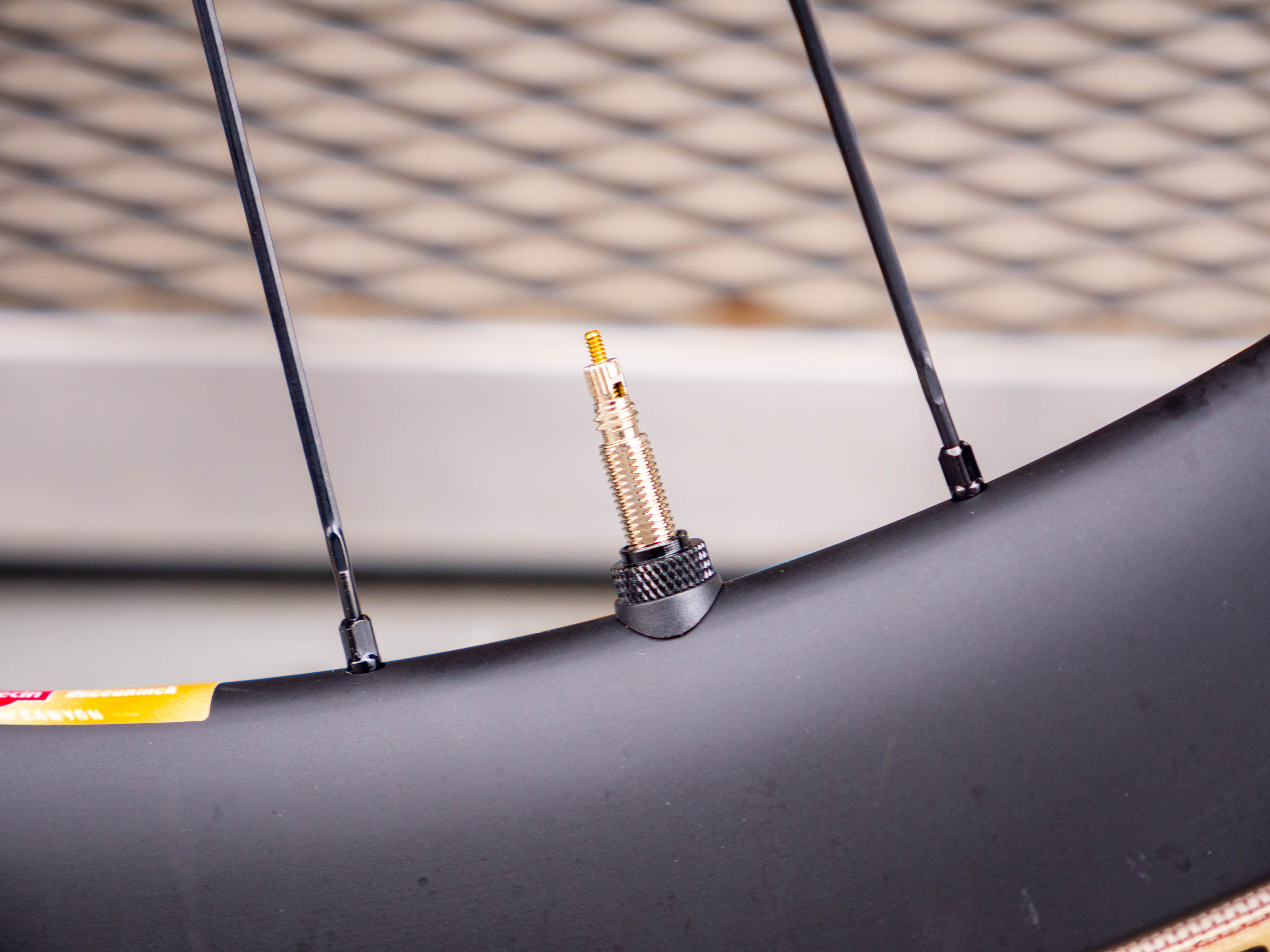
Tubeless is here; get used to it
2021 marked the last year a stage was won with rim brakes. The 2023 tour had the feel that not only might it be the last time a separate bar and stem would top the podium, but also the last time that tubular tyres and inner tubes would too. Tubeless setups won 18 stages, with tubs taking two thanks to Cofidis and for some reason, inner tubes are still kicking about thanks to Mads Pederson.
Given that Cofidis will almost certainly be using tubeless wheels next year thanks to new models from Corima (and that they only win stages every 15 years) it’s likely that tubeless may make a clean sweep in 2024. This may rile some curmudgeonly readers up, and also my colleague Tom, but road tubeless is here to stay and dominates things at the top end. Tubular tyres are as good as dead outside of cyclocross, and inner tubes may well simply fade into the lower end of tyre tech as time progresses.







